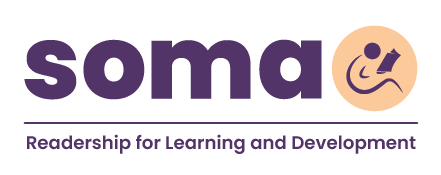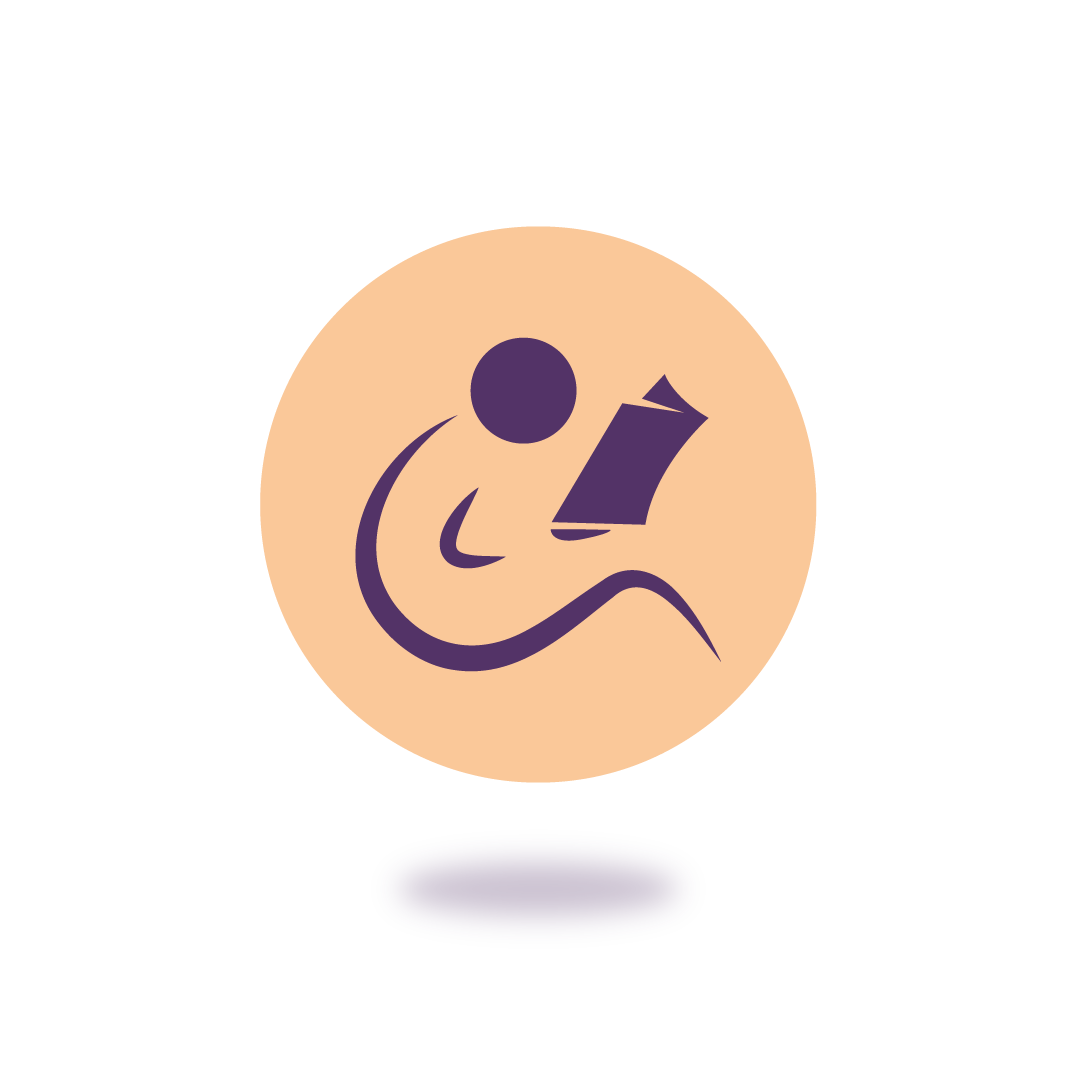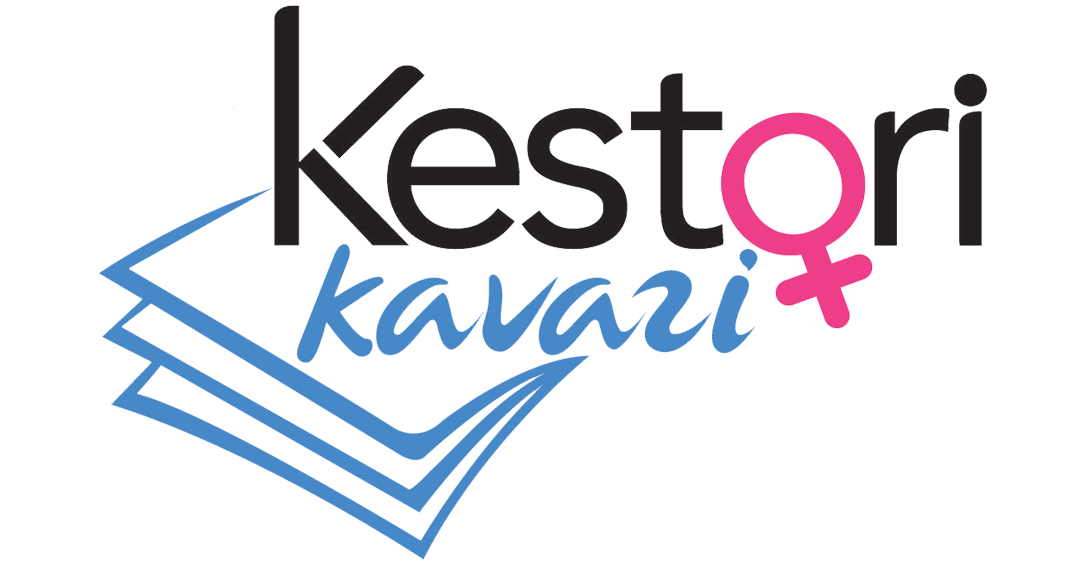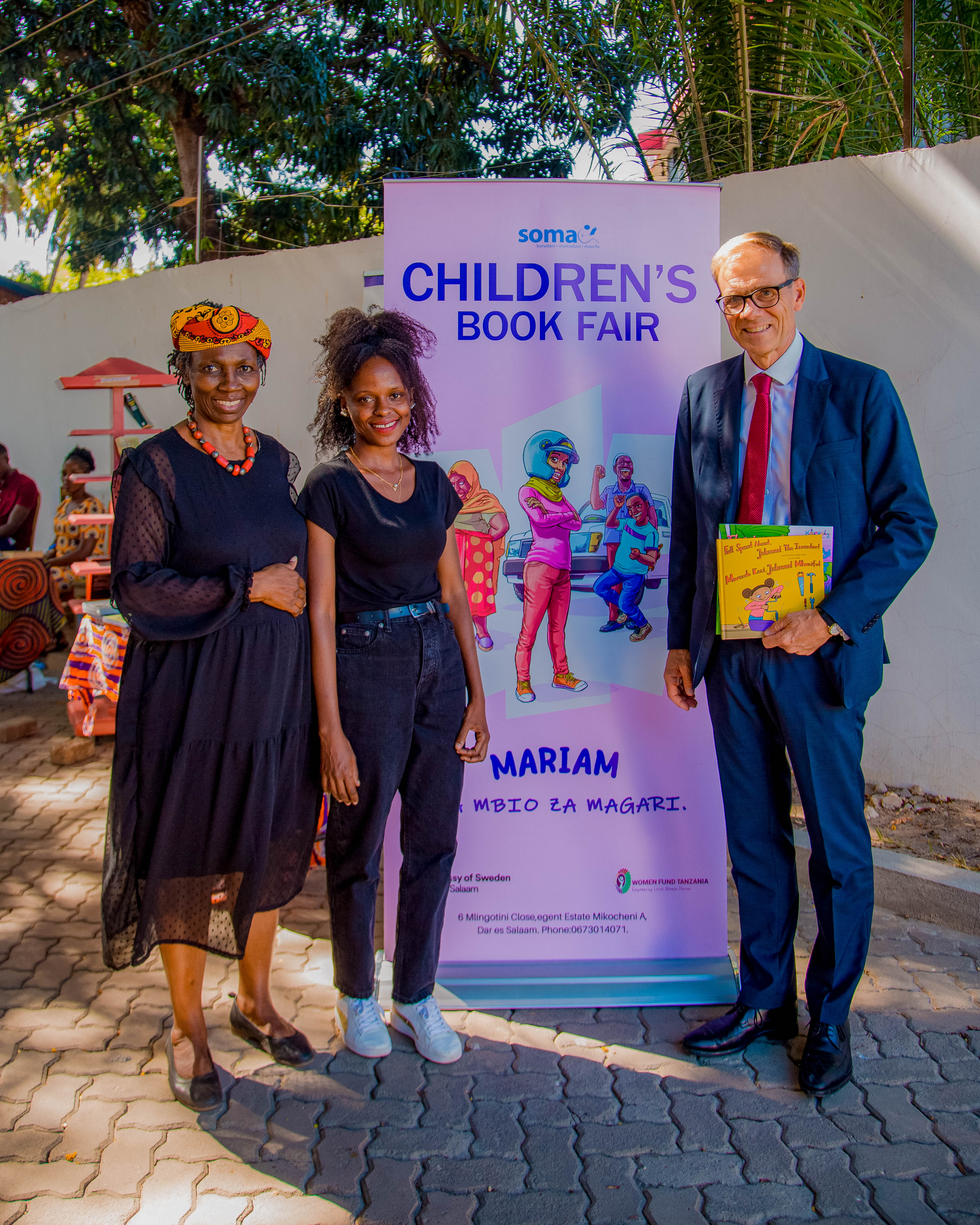Demere Kitunga, Readership for Learning and Development—Soma

‘kalamu ndogo’ creative writing workshop in session
Background
The Soma Book Café was invited by the Alliance Française to participate in a Book and Writing Festival from 21st and 24th November 2020, to launch its library in Arusha. We shared the Soma story and experience in promoting reading and creative writing in a panel discussion, and later facilitated two workshops with children. In the panel discussion, we described our ten-plus years of work in engaging with communities to create nurturing spaces, during which we have worked to mentor intergenerational readers and multi-media storytellers.
In 2019, Soma began a pilot project—the Kalamu Ndogo (little scribes) book series to undertake a research and writing process with children on a pilot basis to generate insights and data on early literacy content creation with and for children. Children wrote, illustrated, and selected the stories they liked best which we then edited and published. A case study on this project is mounted on the Soma website. At the AF event, the print version of The Lonely Frog, one of the three published titles in the series was on display. AF purchased a copy for the library and three other copies were purchased by participants. The series is available online with a Creative Commons licence, which permits downloading, sharing, and adaptation without requesting permission.
This blog focuses on the process and outcomes of the workshop we facilitated with early and late teens from a secondary school and an out of school centre in Arusha. Two workshops were planned, one for primary school children (age 6 to 12) and one for secondary school students (age 13 to 18). Unfortunately, this arrangement did not materialise. Instead for primary level we received a diverse group from a day-care centre with whom we did age and learning ability appropriate activities during which the audio version of Kalamu Ndogo’s ‘The lonely Frog’ was played. The print version was also on display. AF purchased a copy for the library and three other copies were purchased by participants.
We worked with two distinct groups of young people: 10 pupils (age 12 to 14) from Orkeeswa, a community-based secondary school located in Orkeeswa Village, an under-served Maasai community in rural Tanzania; and five youths from Umoja, an NGO providing opportunities for out-of-school youths to thrive in life through education, health living ad livelihood. This engagement is in part a dissemination strategy for the ‘Kalamu Ndogo’ series. It provided us with an opportunity to explore the Soma storytelling facilitation approach with young people who come from different backgrounds than those we have worked with before. We also wanted to test the efficacy of our creativity prompts on a diverse group in a short time limit. The writing exercise took one-hour in a two-hour workshop. The first hour was used to set the scene, create group cohesion, and assess participants’ interest, knowledge, and experience with reading and creative writing.
Process
During the first hour, we explored what the participants already knew about storytelling and their experience with telling stories and creative writing. We learned that they were already familiar with story structure, aesthetics and what motivates people to read. For these young people, functional motivation for reading took precedence—to acquire knowledge and/or a particular skill.
For the creative writing hour (extended to one and a half hours), participants were asked to use a folkloric character to create a contemporary story. Below is the step-by-step facilitation process that we used.
Step one—Plenary setting for creativity (10 minutes): We asked children to name characters that invoke fear from folkloric stories they know, giving an example of Zimwi (orge). They added Joka (serpent—usually with seven heads) and Jini (Genie).
Step two—individual writing exercise (five minutes): We asked participants to write a story with a character their age who wants to solve a particular societal problem and solicits help from a folkloric character of their choice, but with a twist. Although folklore characters can be scary, participants were asked to paint them as friends of the child/youth character in their story.
Step three—sharing in groups (15 minutes): Participants were asked to share their stories in groups of three (five groups) to select the one that they wanted to present as a group story and help the author improve its quality. Four of the five stories the groups selected are in English and one in Kiswahili. It is interesting to note that, all children from Orkeeswa wrote in English while those from Umoja wrote in both Kiswahili and English. The former had just completed a pre-Form One preparatory course to reinforce their English language aptitude, a common practice in private schools. This is meant to mitigate the impact of switching abruptly from Kiswahili, the medium of instruction in Primary Schools, to English which is the medium of instruction in Secondary Schools.
The five stories are: A Lion and a Monkey; Me and Joka; The Little Doctor and the Genie; A story about Zimwi and Nganahe; and Makaranga [a given name derived from groundnuts].
Step four—Sharing in the plenary (25 minutes): Each group read its selected story and mentioned the improvements they had made (which focused primarily on making the story longer).
Step five—Experience-sharing and QA session (30 minutes): we spent half an hour for a general appraisal of the experience with a question-and-answer session.
Outcomes
Among the 15 stories, of which six had at least one folkloric icon as a character, I observed the following characteristics:
• Five had a specific problem the main human character wanted to solve.
• Three were repetitions of popular folklore, with no relationship to the assignment given in step two.
• Five were literal—where the folkloric icon was a friend for no reason related to the story.
• Three had potential as original creations (The little Doctor could make a great STEM inspired story).
Conclusions
From our experience in developing the Kalamu Ndogo series, I believe that the authors produced some potential first drafts that one could work with to generate publishable stories. Additionally, the young people appreciated the process, and most were enthusiastic about writing their own stories. Unfortunately, time did not permit me to complete the process entailed in the Kalamu Ndogo project briefly described above, which would have entailed using a participatory editorial approach to help the authors develop their stories by strengthening plot structure, characters, scenes, and dialogue. I would have asked the author of A Lion and a Monkey for example why the monkey asked her children to raise their tails when they ran away from the lion. All in all, this experience reaffirmed the efficacy of our approach in teasing out creative writing potential among children and youths and using their creations to facilitate critical reflection on social issues.
Appreciation
I want to thank the participants and their teachers for their active participation; thanks also go to Tine Vannieuwenhuyse who assisted with logistics and typing the five stories. Finally, I am grateful to the Alliance Française management and team for creating the space and attending to all our technical and logistical needs.
Informed consent was sought and granted from all participants.





